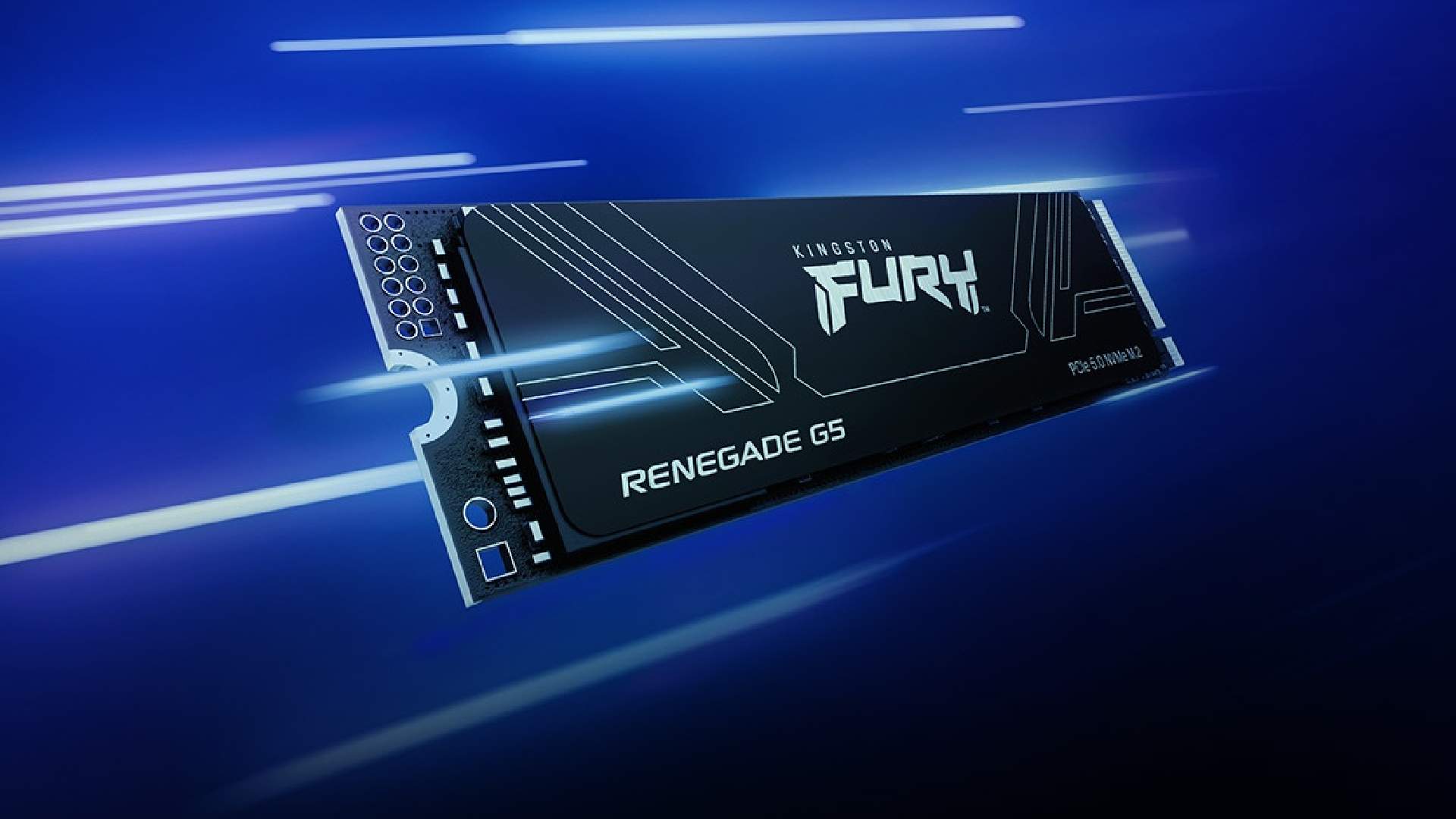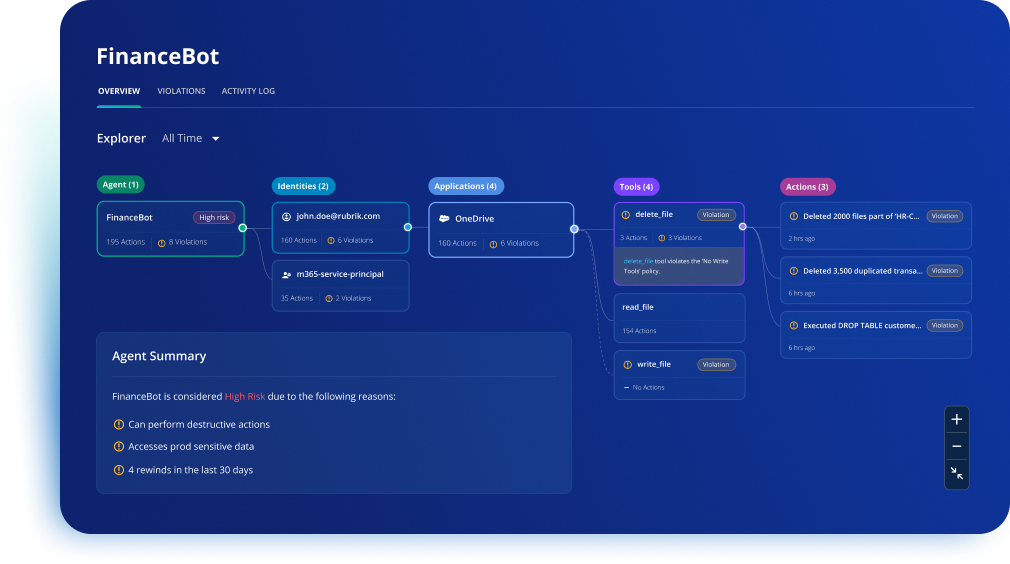Tech News
Positive Technologies: 51% of successful malware attacks start with phishing

Positive Technologies has unveiled a study of the current cyberthreats for Q1 2024. Malware remained the main weapon that cybercriminals use, while analysts recorded an increase in the use of remote-control software. Attackers usually spread malware by email: 51% of successful cyberattacks on organizations started with phishing emails.
In Q1, the number of incidents increased by 19% year-on-year. Meanwhile, 78% of the attacks targeted organizations. The top targets of successful cyberattacks were government agencies (15%), IT companies (9%), and industry (8%).
The most common method for attacking companies was with malware, which accounted for 68% of successful cyberattacks. The most common types of malware are ransomware (43%), remote access trojans (RATs, 32%) and spyware (21%). The number of cyberattacks using spyware and encryption malware decreased by 4% and 11%, respectively. Meanwhile, analysts note that in the first three months of 2024, the number of attacks using RATs increased by 10% compared to Q4 2023.
The increased attacker interest in RATs can be explained by the fact that much of today’s malware is modular. As such, attackers can combine spyware, bootloaders, banking trojans, and even encryption malware, allowing them to cause greater damage to their victims,” notes Dmitry Streltsov, an analyst from the Positive Technologies research group. —We predict that cybercriminals will continue increasing their use of modular programs by adding new features to them. However, it’s too early to discount spyware and encryption malware, despite the decline in their use.”
In over half of the attacks, the attackers spread malware via email. Thus, Positive Technologies (The PT Expert Security Center) has detected a series of attacks by the cybergroup Lazy Koala, whose victims include organizations from Russia and the CIS. Attackers used phishing emails to convince recipients to open attachments and run the files in their browser. As a result, their devices were infected with malware that cybercriminals used to steal employee accounts.
Cyberattacks usually resulted in the leakage of confidential information (54%) and the disruption of core activity (33%). In data-centric attacks, attackers usually intended to seize personal information (37%), trade secrets (22%), and log-in details (17%). For example, in January, researchers discovered the largest database ever, with 26 billion entries of data on users of popular Russian and foreign social networks, as well as services such as Adobe, Dropbox, and Canva.
The experts note that with the growing number of information leaks and the inability of the protection tools already on the market to provide results-driven cybersecurity, there is a need for data security platform (DSP) solutions. Such systems can manage various types of data regardless of their structure or location. Experts also recommend using web app firewalls (PT Application Firewall or its cloud version, PT Cloud Application Firewall) and sandboxes such as PT Sandbox to protect the infrastructure. The former will reduce the risk of intrusion into the company’s internal perimeters, while the latter offers timely detection of malware. To improve infrastructural security, experts recommend using vulnerability management systems, such as MaxPatrol VM, as well as running bug bounty programs, possibly on the Standoff Bug Bounty platform. In addition, even if your company’s mail servers are protected, it is recommended to use services that analyze how well the configuration of the defenses performs with a tool like PT Knockin.
Tech News
KINGSTON FURY ADDS ITS LARGEST CAPACITY CLIENT PCIE 5.0 NVME SSD

Kingston Digital Europe Co LLP, the flash memory affiliate of Kingston Technology Company, Inc., a world leader in memory products and technology solutions, today announced it has rounded out the Kingston FURY Renegade G5 line with an 8192GB full capacity option for high-power uses from video editing, 3D rendering, to gaming and more.
Optimized for those who need a system that can keep up with their workflow or gaming needs, Kingston FURY™ Renegade G5 PCIe 5.0 NVMe M.2 2280 SSDutilises the latest PCIe Gen5 x 4 controller and 3D TLC NAND to reach speeds up to 14,800/14,000MB/s read/write1 and over 2M IOPS to provide extreme performance and endurance, and now with over 8TB to store more of your favorite games and media without losing system responsiveness.
“Whether for work or play, users need more power and space,” said Liny Cheliyan, Business Manager – Prosumer Flash and SSD Kingston EMEA. “We’re happy this 8TB addition to Kingston FURY Renegade G5 SSD can provide high-power users and hardware enthusiasts both.”
Kingston FURY Renegade G5 is available in full capacities2 from 1024GB to 8192GB and is backed by a limited five-year warranty3, free technical support, and legendary Kingston reliability.
Tech News
New Rubrik Agent Cloud Accelerates Trusted Enterprise AI Agent Deployments

AI agents represent the biggest opportunity and the biggest threat to organizations everywhere. Rubrik, Inc., the Security and AI Operations Company, today announced the launch of the Rubrik Agent Cloud to accelerate enterprise AI agent adoption while managing risk of AI deployments.
AI transformation is now mandatory for most organizations. However, IT leaders are constrained because Agentic AI has significant risks including hallucination as well as compromise by threat actors. Rubrik Agent Cloud is designed to monitor and audit agentic actions, enforce real-time guardrails for agentic changes, fine-tune agents for accuracy and, finally, undo agent mistakes. Built on the Rubrik Platform that uniquely combines data, identity and application contexts, Rubrik Agent Cloud gives customers security, accuracy, and efficiency as they transform their organizations into AI enterprises.
“IT and security leaders often don’t know what their AI agents are doing or how to undo their mistakes. Rubrik wants to help them answer: ‘What agents do I have?’ ‘What are they capable of doing?’ ‘How are they performing?’ ‘What did they do?’ and ‘Can I undo that when they screw up?’ said Bipul Sinha, CEO, Chairman, and Co-Founder of Rubrik. “AI agents have the potential to cause 10x the damage in 1/10 of the time. With Rubrik Agent Cloud, we uniquely address this challenge by leveraging our leadership in data, identity, and resilience to help our customers deploy AI agents with peace of mind.”
Accelerate Enterprise AI Deployment and Resilience
Rubrik Agent Cloud will offer comprehensive agent management capabilities that encompass the entire AI agent lifecycle – from observability and control to performance management and simulation.
- Agent Monitor:
- Auto-discovers both infrastructure-as-a-service (Azure/AWS) agents as well as platform-as-a-service (M365/AgentForce) agents.
○ Automatically discovers and maps active agents across popular agent builders such as OpenAI, Microsoft Copilot Studio, Amazon Bedrock and other popular agent building tools.
○ Continuously monitors agent activity and data access, and maintains immutable audit trails capturing context from data, identity, and applications.
- Agent Govern:
- Tracks agent usage, evaluates performance against prompts, and gives teams the tools to control destructive/undesired actions.
○ Defines and enforces agent behavior, access, and action policies in real-time.
○ A centralized tool to provide integration with enterprise identity systems—helping ensure secure, compliant, and controlled innovation.
- Agent Remediate:
- Announced in August 2025, Agent Rewind integrates with Rubrik Security Cloud to provide the industry’s only solution for precise time and blast radius rollback of undesirable or destructive actions.
○ Goes beyond observability to allow organizations to instantly undo unwanted or destructive actions, without any downtime or data loss.
○ Selective rollback of agent-driven changes ensures continuous protection for critical data and systems, and immutable recovery.
Tech News
UAE’s AI market set to soar to Dh170 billion by 2030, driving MENA’s Dh610 billion Artificial Intelligence boom

The UAE’s Artificial Intelligence (AI) market is forecast to hit Dh170 billion (USD 46.33 billion) by 2030, according to new data from Grand View Research (GVR) in a study that underscores the country’s accelerating dominance in the region’s USD 166 billion (Dh610 billion) AI boom.
Close on the heels of the UAE unveiling its first Arabic-language AI model earlier this year, the new research by the California headquartered- firm reveals that the MENA AI market, valued at USD 11.92 billion (Dh43.7 billion) in 2023, is set to expand almost fifteen-fold to USD 166.33 billion (Dh610 billion) by 2030, growing at an annual rate of 44.8 percent.
“The Middle East, and especially the UAE, is no longer just an adopter of global AI technologies – it’s, in fact, shaping its own playbook,” said Swayam Dash, Managing Director at Grand View Research. “With sovereign funds backing innovation, and policies like the UAE’s new Strategic Plan 2031 leading the way with focus on utilising artificial intellegence in achieving greater financial efficiency for the federal government, the region is becoming a laboratory for how AI can drive both governance and growth.”
GVR’s report further highlights that nearly three in four UAE companies have maintained or increased their AI investments in the past year. Machine learning and deep learning remain the backbone of this transformation, particularly in healthcare, logistics, and financial services.
According to the report, the AI in Healthcare market in the Middle East and Africa, valued at USD 193.1 million (Dh 709 million) in 2023, is projected to reach USD 1.47 billion (Dh 5.39 billion) by 2030 growing at a CAGR of 33.6 per cent, while the region’s legal AI sector – currently at USD 43.3 million (Dh 159 million) – is expected to almost triple to USD 121.5 million (Dh 446 million) at a CAGR of 18 per cent over the same period.
“The release of region-specific AI metrics for the first time quantifies what many have sensed – that the UAE and its neighbours are at the tipping point of a generational transformation,” Dash added. “And the next wave of opportunity will come from specialisation. Sectors like healthcare and legal technology are still emerging here and hence the potential is immense. With the AI in regional healthcare market alone projected to touch USD 8.39 billion (AED 30.8 billion) by 2033, we’re looking at a decade of exponential growth. Likewise, the legal AI space, though currently small, represents a first-mover opportunity in digitising governance, compliance, and regulatory frameworks – areas where the Middle East can define its own benchmarks rather than follow global ones.”
The study also notes how the MENA region is further emerging stronger as one of the world’s most dynamic AI frontiers driven particularly by government-led digital transformation agendas, rapid urbanisation, and the rollout of AI-enabling technologies such as 5G, cloud, and IoT,
“Machine learning and deep learning continue to dominate adoption across smart-city initiatives, healthcare, and urban management – with the UAE leading the charge in real-world integration,” said Dash.
The full Grand View Research MENA AI Market Report offers an in-depth analysis of these evolving trends, uncovering how data, policy, and innovation are converging to redefine the region’s digital economy.
-

 Tech News1 year ago
Tech News1 year agoDenodo Bolsters Executive Team by Hiring Christophe Culine as its Chief Revenue Officer
-

 VAR7 months ago
VAR7 months agoMicrosoft Launches New Surface Copilot+ PCs for Business
-

 Tech Interviews2 years ago
Tech Interviews2 years agoNavigating the Cybersecurity Landscape in Hybrid Work Environments
-

 Tech News4 months ago
Tech News4 months agoNothing Launches flagship Nothing Phone (3) and Headphone (1) in theme with the Iconic Museum of the Future in Dubai
-

 Tech News2 years ago
Tech News2 years agoBrighton College Abu Dhabi and Brighton College Al Ain Donate 954 IT Devices in Support of ‘Donate Your Own Device’ Campaign
-

 Editorial11 months ago
Editorial11 months agoCelebrating UAE National Day: A Legacy of Leadership and Technological Innovation
-

 VAR1 year ago
VAR1 year agoSamsung Galaxy Z Fold6 vs Google Pixel 9 Pro Fold: Clash Of The Folding Phenoms
-

 Cover Story8 months ago
Cover Story8 months agoUnifonic Leading the Future of AI-Driven Customer Engagement













